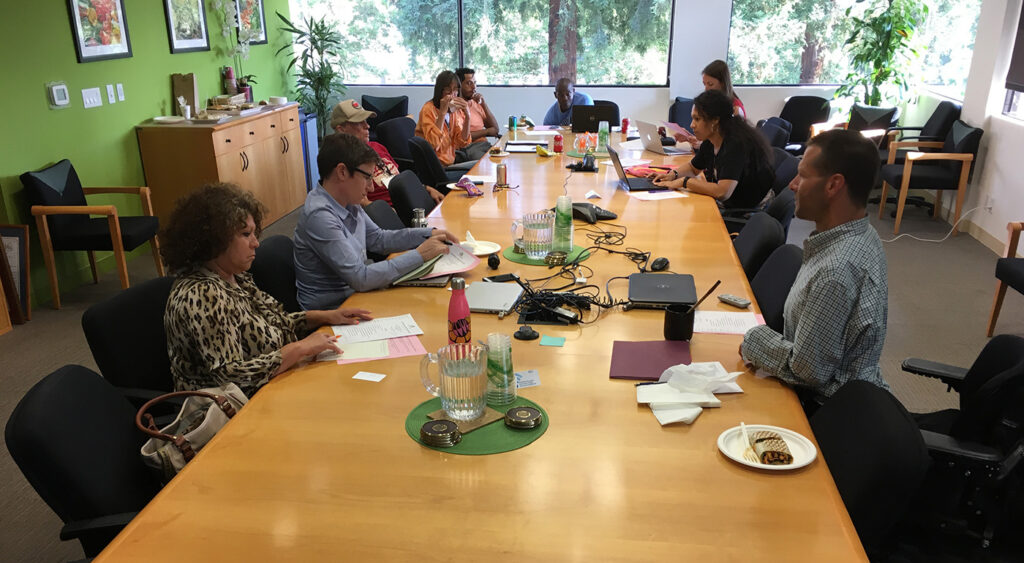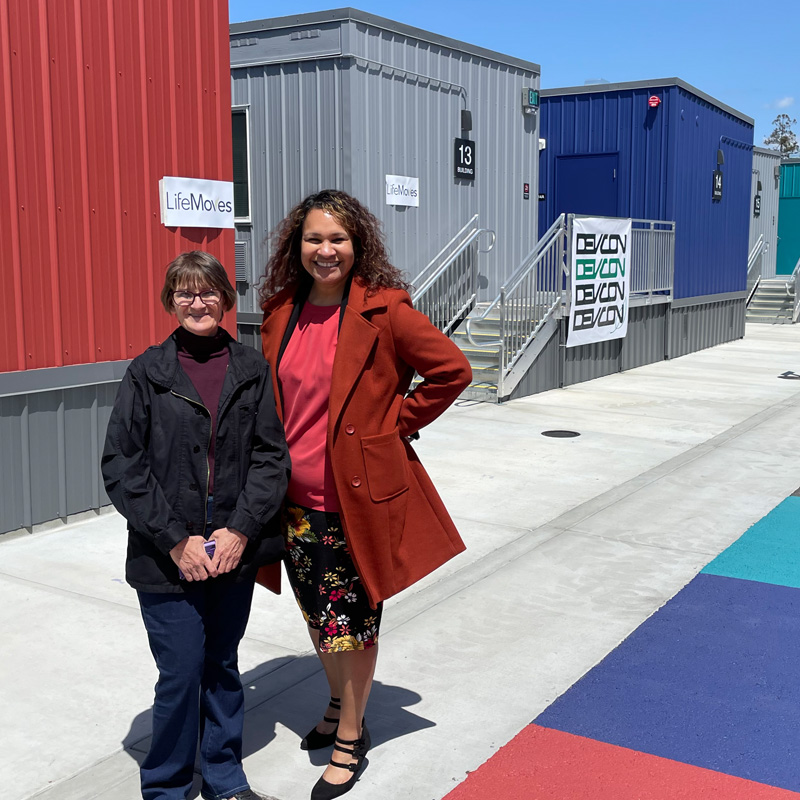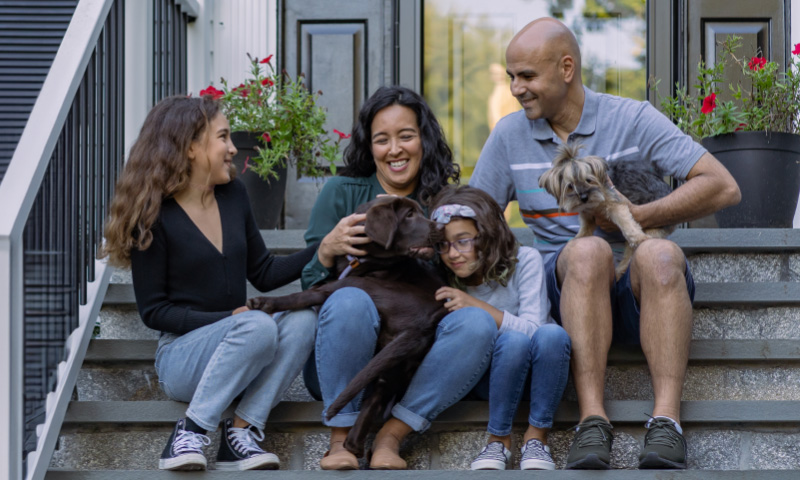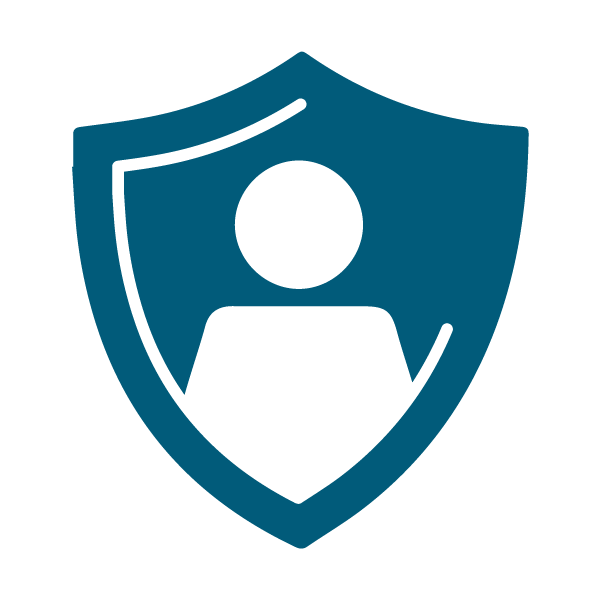Centering Lived Experience in Our Work
Too often, people with lived experience of homelessness are treated only as beneficiaries, rather than key constituents of, and advisors to, the system of care. As the model in Santa Clara County evolved, it was abundantly clear that voices of lived experience should be front and center. And as the coalition has taken intentional steps to center lived experience in its work, a growing number of people have become directly involved in, and informing, major aspects of the community’s homelessness response.

The Lived Experience Advisory Board of Silicon Valley
In 2018, Destination: Home helped facilitate the creation of the Lived Experience Advisory Board of Silicon Valley (LEABsv), led by members with current or past experience of homelessness. This self-governing board serves as a platform for people who have experienced homelessness to provide meaningful input into the policy and program decisions related to the community’s homelessness response and system of care. In this role, members of LEABsv often raise pointed questions and share in the decision-making — for example: Who will be running a new program? What’s their reputation among people experiencing homelessness? How will they liaise between this community and the police? How will lived experience be integrated into this project or the services provided? These perspectives help the coalition craft strategies and programs that truly meet the diverse needs of homeless and at-risk residents.
Importantly, LEABsv was created by people with lived experience and is completely self-governing. LEABsv acts as a two-way conduit between people with lived experience and the Continuum of Care, passing on information about where funding is going and advising partners in real time about what should be prioritized. As part of this engagement, the Continuum of Care now includes several people with lived experience on its Notice of Funding Opportunity (NOFO) review panel, which has led to meaningful changes to how funding is deployed in this community. For example, the scoring criteria used to evaluate responses has been changed to focus on outcomes, and as a result shelter utilization and housing stability have improved.
“We can’t be tokenized in this process….You can be there as an ally, but people with lived experience need to lead it from Step A to Step Z.”
—Dontae Lartigue, Member, LEABsv and Destination: Home Board of Directors
Over time, LEABsv has developed partnerships with several other key stakeholders as well. For example, many non-profit service providers have consulted with LEABsv to improve their operations. In 2019, HomeFirst, a leading provider of services, shelter, and housing opportunities to the homeless and those at risk of homelessness in the Bay Area, asked for help improving their intake process at shelters. LEABsv conducted focus groups and a survey of shelter users, and even sent two members as “secret shoppers” to see the service experience firsthand. The board then made formal recommendations to the service provider and created a feedback loop with executive leadership for monitoring progress.
As it has evolved, LEABsv has also developed its own strategic plan, decision-making processes, and budget—which serve not only to formalize its efforts, but also provide leadership and professional development opportunities to its members.
Key Steps to Establishing a Lived Experience Board
In the years since it was established, LEABsv has grown in size and reputation and communities outside of Silicon Valley have contacted LEABsv for advice on how to set up their own lived experience advisory boards. Some of the most important elements for success are:
You can find more best practice resources at: leabsv.org/resources
The Youth Action Board
In 2021, three young adults with lived experience formed the Youth Action Board (YAB), with an initial goal of securing and implementing a $10.4 million dollar grant for unhoused youth and young adults in Santa Clara County. They immediately formed a partnership with the Santa Clara Continuum of Care (CoC)A Continuum of Care (CoC) is a group of stakeholders within a community that is responsible for ensuring community-wide implementation of efforts to end homelessness, as well as ensuring programmatic and systemic effectiveness. CoCs are eligible to apply for, receive and allocate certain sources of federal homelessness funding from the U.S. Department of Housing & Urban Development. The Santa Clara County Continuum of Care includes a broad array of stakeholders dedicated to ending and preventing homelessness, and the County of Santa Clara’s Office of Supportive Housing serves as the collaborative applicant on behalf of the CoC. who integrated YAB in all phases of the grant program: from choosing the type of program, developing the Request For Proposals (RFP) criteria, recruiting YYA for the RFP panel, allocating funds, and creating partnerships with grantees to support them in their continuous quality improvement. Throughout the process, YAB was thrilled to use their lived expertise to mold the program, giving a new and fresh approach to program design and making it more effective for youth and young adults being served. With input from the YAB, the CoC also provided training, one-on-one support and technical assistance, which was vital to member engagement and leadership development for the YAB, as well as stipends (whose amounts were decided by YAB) to compensate for the contributions and time of participating members.

In the years that followed, the City of San Jose, the County of Santa Clara, County Executive Office, San Jose Conservation Corps, and the Youth Liberation Movement would also approach the YAB with similar requests to partner and lead various initiatives, programs, and pilots. Throughout these partnerships, YAB’s priority to center relationship-building has helped facilitate power-sharing through trust, transparency, collaboration, and open lines of communication.
Over time, YAB has grown to 18 members and has had a 100% member retention rate since January 2023. Like LEABsv, the YAB is proud to ensure their board remains autonomous and in charge of its own decision making when it comes to partnering and their relationship with the CoC.
How Coalition Members Have Leaned Into Lived Experience
As LEABsv and YAB have grown in stature and impact, many other coalition partners have taken steps to more closely integrate lived experience into their work as well. Several government entities—including the County’s Continuum of Care (CoC) Governance Board and the City of San Jose’s Housing Commission—have added seats specifically reserved for people with lived experience. Destination: Home has recruited individuals with lived experience onto its staff, Board of Directors, and grantmaking review panels to ensure that people who know the problem firsthand are helping to design the solutions. And many non-profit partners – like Abode – have brought people with lived experience into their leadership.
With formal roles on these boards and commissions, individuals with lived experience are now evaluating the system of care, dictating funding, advocating for policy changes, and helping make decisions for how the system can be improved.
And many members of our coalition have begun engaging people with lived experience even more deeply. For example:

The City of San Jose consulted closely with a group of people with lived experience in the development of the Guadalupe Emergency Interim Housing site. Over the course of a few years, people with lived experience shaped key elements of the project, affecting the design, the ongoing operations, and very importantly, the human-centered service that are offered on site. These deliberations formed the foundation of a policy and procedures manual for interim housing that is now used throughout the community.
The County of Santa Clara has centered the experiences of people with lived experience in redesigning its Coordinated Entry System. The involvement of LEABsv and other people with lived experience throughout the redesign process helped identify that the current intake assessments were lacking in cultural awareness and kept respondents from being honest about their needs – key findings that have informed the County’s efforts to create a more equitable tool.

KEY RESULTS




